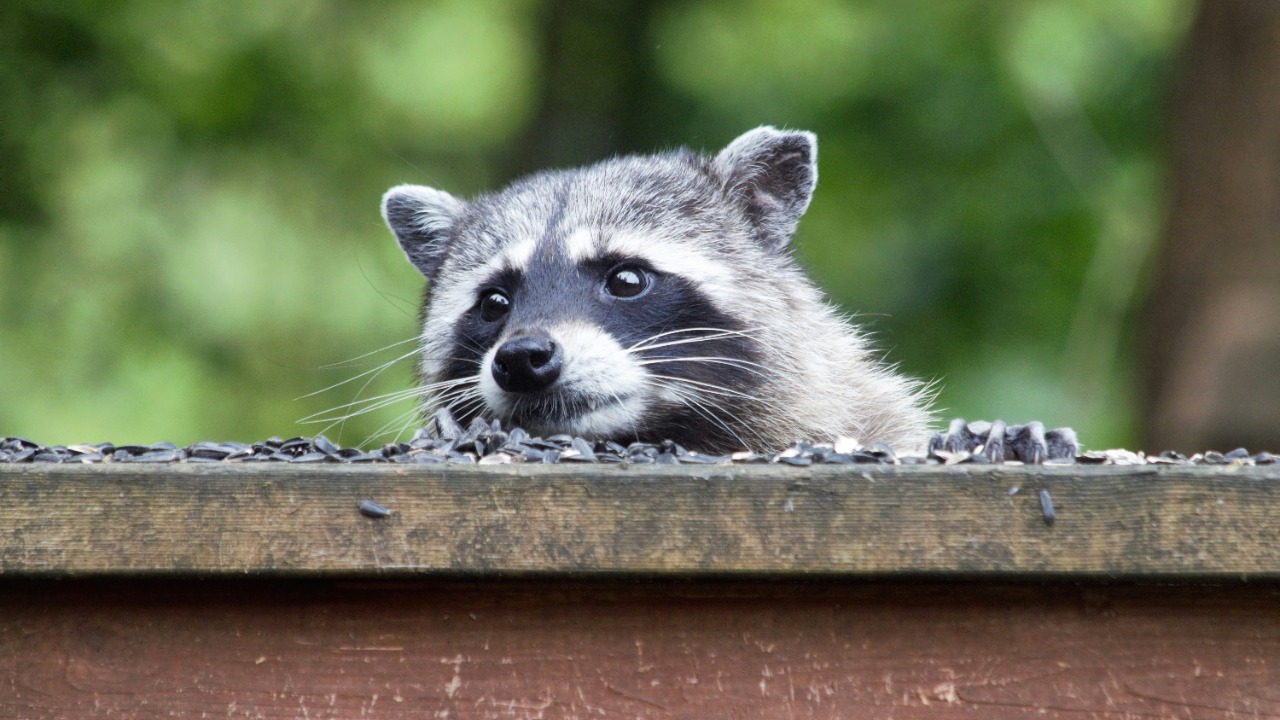
As raccoons in cities like Toronto and Chicago increasingly rely on human trash for sustenance, they are demonstrating heightened problem-solving skills to access dumpsters and bins. This adaptation through trash has sparked a debate on whether raccoons could transform into viable household pets. Their mastery of urban ecosystems, from navigating sewers to exploiting fast-food waste, has been well-documented, and their increasing tolerance for human noise and lights is a testament to their adaptability.
Raccoons’ Shift to Urban Habitats
Raccoons have expanded their habitats from rural forests to dense cities, with population booms in areas like New York where sightings have risen due to abundant food sources. Their behaviors, such as nocturnal foraging in alleys, are a testament to their urban survivor strategies. In Chicago suburbs, for example, raccoons have shown a remarkable tolerance for human noise and lights, coexisting with traffic and bustling human activity.
The Impact of Trash on Raccoon Diets
Discarded food from households and restaurants forms up to 50% of urban raccoon calories, significantly altering their nutritional intake compared to their rural counterparts who rely on wild berries and fish. This shift in diet has led to physical adaptations, such as dexterous paws for opening trash containers. However, this reliance on human waste also exposes them to health risks, including obesity due to exposure to plastics and processed sugars.
Evolutionary Pressures from Human Waste
Genetic changes potentially favoring bolder, smarter raccoons in trash-rich environments have been observed, with studies showing varied behaviors across urban vs. rural groups. Consistent access to calorie-dense waste might select for less fear of humans over generations, as per insights from November 14, 2025. This is reminiscent of historical shifts, with raccoons’ range expansion since the 1950s tied to suburban sprawl and waste increase.
Intelligence and Social Traits of Raccoons
Raccoons have demonstrated cognitive abilities like tool use and memory for food cache locations, particularly in urban settings. Their social structures, including family bands that learn from each other to raid bins, suggest a trainable potential. Examples of raccoons solving puzzles, such as unlatching complex locks, further hint at their pet-like compatibility.
Historical Attempts at Raccoon Domestication
Historically, there have been attempts at raccoon domestication. For instance, 1920s experiments in Germany involved breeding raccoons for fur and companionship. These efforts highlighted their adaptability but also their potential for aggression. Early initiatives failed due to legal bans in places like the U.S. due to rabies risks. However, modern views on trash-driven evolution suggest a renewed interest in the potential of raccoons as pets.
Challenges and Risks of Pet Raccoons
However, there are significant challenges and risks associated with keeping raccoons as pets. They are carriers of zoonotic diseases like roundworm and distemper, with urban exposure amplifying these threats. Behavioral issues, such as territorial marking and nocturnal habits, can clash with household routines, as observed in their survivor adaptations. Legal hurdles also exist, with bans in 23 U.S. states prohibiting ownership without permits.
Future Prospects for Raccoons as Pets
Despite these challenges, the future prospects for raccoons as pets remain a topic of speculation. Selective breeding programs inspired by trash adaptations could potentially yield low-maintenance companionship, although ethical concerns remain. Public perception is also shifting, with polls showing 30% of urban dwellers viewing raccoons favorably due to their cleverness. As ongoing research in evolutionary trends continues, the debate on raccoons as household pets is far from over.
More from MorningOverview